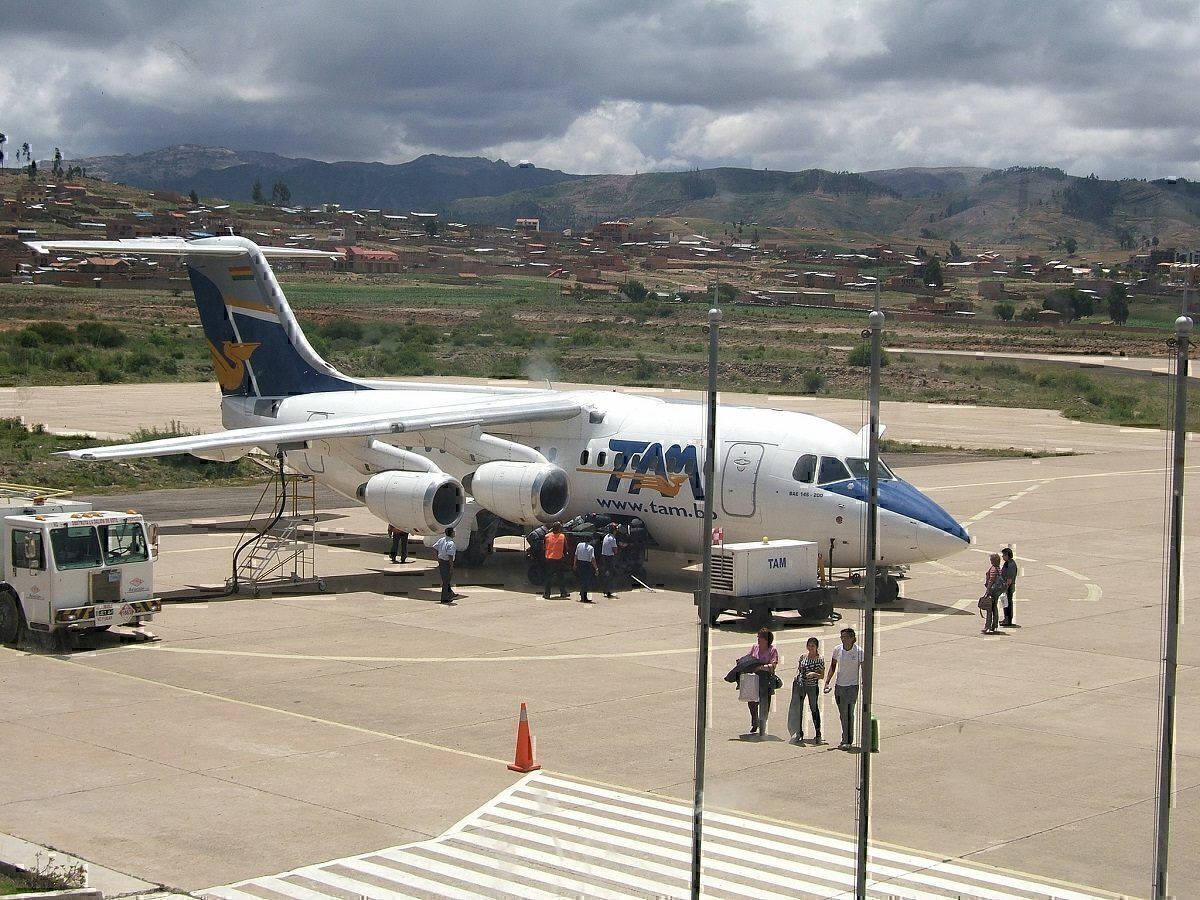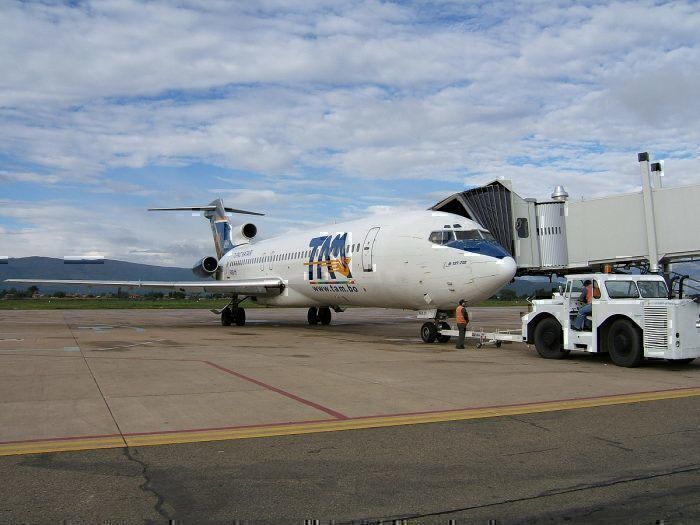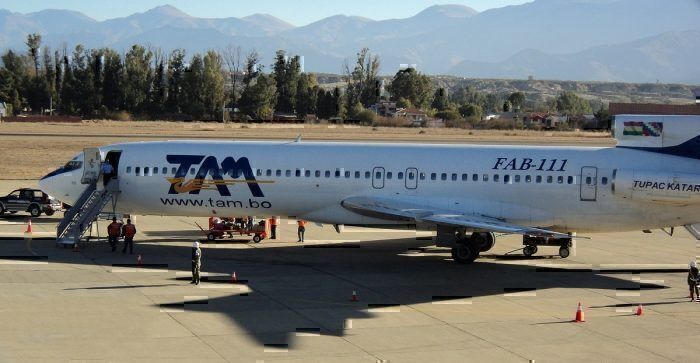TAM Bolivia’s ascent to full commercial operations seems destined to failure. A recent ruling by the Bolivian government saw the fledgling airline grounded on September 23rd until further notice.
Transporte Aéreo Militar was deemed by the Telecommunications and Transportation Regulation and Control Authority (ATT) not to have obtained sufficient flight certifications. According to FM Bolivia, the ATT forced TAM to cancel all commercial flights in order to make the necessary “administrative adjustments”.
The airline had been authorized to fly since March 27, 2019, but during this time ought to have obtained an operating authorization from the ATT. This it failed to do.
According to reports, the airline is still grounded as of today (14/10/19). Writes FM Bolivia, the necessary authorization to continue flights cannot be obtained.
The Bolivian government's push to force TAM to comply with international and FAA regulations can be traced to the loss of a LaMia ARJ-85 in 2016. We have not yet been able to get hold of a spokesperson to elicit more information.
TAM Bolivia
TAM Bolivia has hubs at La Paz El Alto, Viru International Airport and El Trompillo Airport. The airline as such was born from the civilian wing of the Bolivian Air Force at the end of 2016. Prior to its transition, TAM has provided invaluable passenger and cargo services to remote destinations within the country since 1953.
At its inception as a state-owned commercial enterprise, TAM fully intended to become a force majeure in the industry, hoping to compete with the likes of Boliviana de Aviación. However, as a military-owned airline, TAM was not used to being subjected to the strict regulations applied to civilian airlines. And just months after launching, it felt the heavy hand of regulation.
At the start of 2017, it was given its first ultimatum by the ATT to certify or be grounded.
“Broken” regulations
TAM’s setbacks are partly due to more stringent controls the Bolivian government has imposed on the country’s airline industry. A far-greater overseeing was felt necessary following the crash of a LaMia charter flight in 2016.
Investigators concluded that the crash was caused by numerous deficiencies of proper aircraft operation.
LaMia Flight 2933 was a chartered Avro RJ85. On November 28th it took off from Santa Cruz de la Sierra, Bolivia bound for Medellín, Colombia. Onboard was the Brazilian Chapecoense football squad and their entourage. The aircraft crashed on its approach to Medellín killing all but six of the 77 people on board.
The investigation which followed uncovered a series of human errors that in combination caused the crash. In the main, incorrect and faulty flight plans and the pilot’s poor decisions led to the aircraft running low on fuel and being unable to land at Medellín.
It's got previous
TAM seems unable to get over the certification hurdle. It was only last year forced to abandon its operations yet again for eight months due to not having obtained appropriate certification from the ATT. The ban was lifted at the end of March, this year.
Three months later, writes Smiliner, the airline announced that it was at last “concluding its first cycle of operations” and “beginning the process of transition” to a civil airline. Furthermore, its certification to enable this was “in its final stage”
However, on August 1st the rug was yet again pulled from under TAM’s feet. In an announcement, a government spokesman said, “Sadly the procedures for certification have not been completed.” And once more TAM was grounded.
In addition to ongoing certification problems, TAM also faces a large unpaid tax bill, according to Smiliner.
Time will tell whether or not TAM can become the robust enterprise it intended to be. However, even if it does become fully certified, will its previous record of lax safety and apparent disregard for regulations cause it to be avoided by customers?



